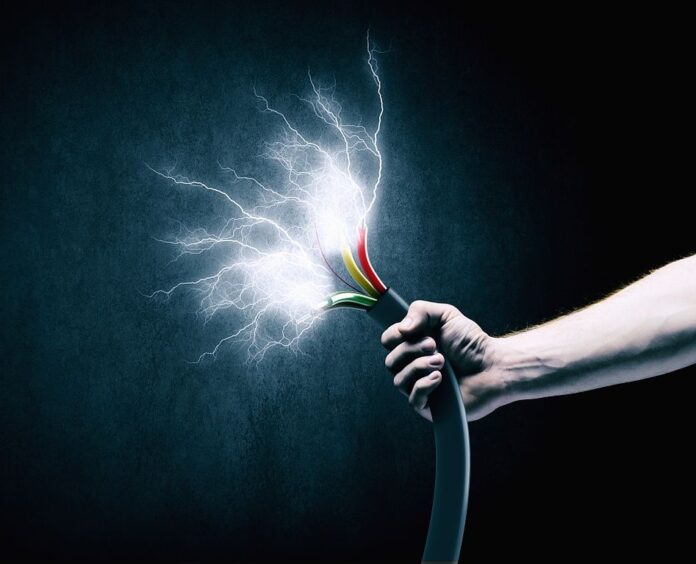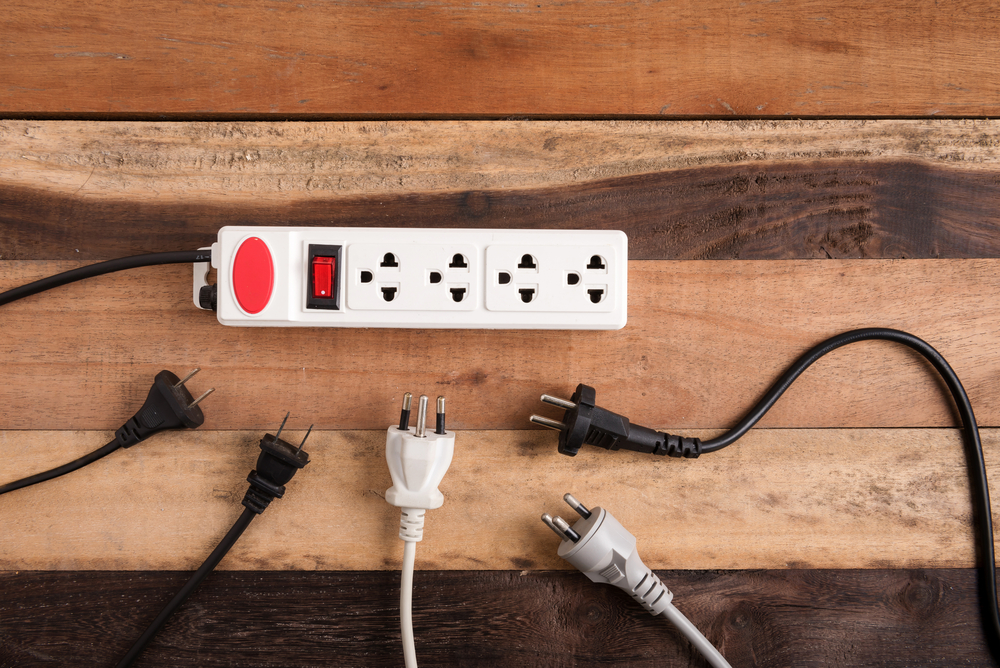Every homeowner knows that repairs come with ownership. Fixing burnt bulbs and replacing light fixtures does not require much electrical knowledge. However, the power electricity holds is dangerous, and handling maintenance requires expertise. Before starting any repair work in your home, keep the following factors in mind.
Warning Signs Should Not be Ignored
People are notoriously bad about ignoring warning signs because it often means more money. Sortedelectrical.com lets you know about problems present, much like a check engine light on your vehicle. A few symptoms include popping noises, circuits tripping, or unused outlets that are warm to the touch. Some issues are quick and easy fixes, but all repairs prevent house fires.
Contact an electrician if you notice anything unusual or suspicious on your electrical fixtures or power activity. It’s best to tackle any electrical problem as soon as possible before it becomes too late and endangers your family’s life.
Know Your Limits
While having the skills to perform handyman work around your house is acceptable, you need to know your limits. Electricians complete schooling and certifications that give extensive knowledge on electricity and the components. When you skip steps or incorrectly finish a procedure, problems may arise later. If you are unsure how something should be connected, it is better to contact a professional to assist.
A professional electrician can also provide expert advice on choosing the right electricity provider and energy plan for you, such as deregulated energy. Electricity is deregulated in much of the US including Texas. You can shop for electricity and save on your bills. For example, someone shopping Houston electricity rates online will find that they can compare multiple suppliers.
GFCI Knowledge is Vital
GFCI, or Ground Fault Circuit Interrupt, is what protects outlets from water. Any outlet that is within a six-foot radius of liquid (think bathrooms and sinks) requires an interrupting device. If you have only one circuit, then you only need one GFCI device. However, most homes have several circuits. Understanding the GFCI device is best left to the professionals who can map the currents.
GFCI, a fast-acting circuit breaker, shut off electricity in ground-fault event within 1/40 of a second, which helps prevent an electrocution or any electrical incident. GFCI protection is necessary for 125 to 250-volt electrical receptacles in single-phase branch circuits with a rating of 150 volts or less. A qualified electrician can install GFCI receptacles in bathrooms, laundry rooms, crawl spaces, garages, basements, and any area where there’s water source.
Color Meanings Vary
Most people believe that white means neutral and black means alive, but looking at jumper cables will tell you that is not always true. When working with electrical equipment and appliances, always read the wire to determine which is live and which is ground. There are voltage testing devices that dictate whether a line is alive or dead, removing the risk of shock in finding out.
A standard electrical circuit has a red “hot” or black wire that carries electricity from the power source to the fixture, outlet, switch, or appliance. On the other hand, the white neutral wire carries the electricity back to the main energy source. A bare copper ground or green wire connects the device to the house’s grounding system.
Low Voltage is Still Dangerous
Many think that working on outlets does not require turning breakers off because they are low-voltage. However, treat all electrical devices as high-voltage. The damage comes from the current running, not how strong the voltage is. This means you can still suffer a severe shock if you do not make sure all systems you work on are dead before starting a project. Also, you reduce the risk of a fire sparking during the job.
Preventive measures are the key to avoiding an electrical incident. Replace cords with cracked or broken external covering or receptacle and those with exposed wire. Never allow your children to play with electrical cords. Also, limit using extension cords. If you need to use an extension cord, choose one that’s rated for the current (usually measured in amps), which will be drawn by the appliance or device being powered.
High-Quality PPE
Personal protective equipment is only worthwhile if it is certified for the work you are doing. It is common to attempt to use poor-man’s techniques, but this is just as dangerous as wearing no gear. Professional electricians rely on rubber that is designed to prevent electrical charges, and homeowners should do the same. Finally, consider high-quality insulators as a standard when it comes to protective equipment.
Doing work in your own home will give you a sense of pride and self-sufficiency. Electricity is dangerous, but that does not mean you should never do the work yourself. With these six tips in mind, simple repairs can be accomplished by any handyman safely. However, if you are unsure or have questions, contact a Melville electrician for assistance.




















